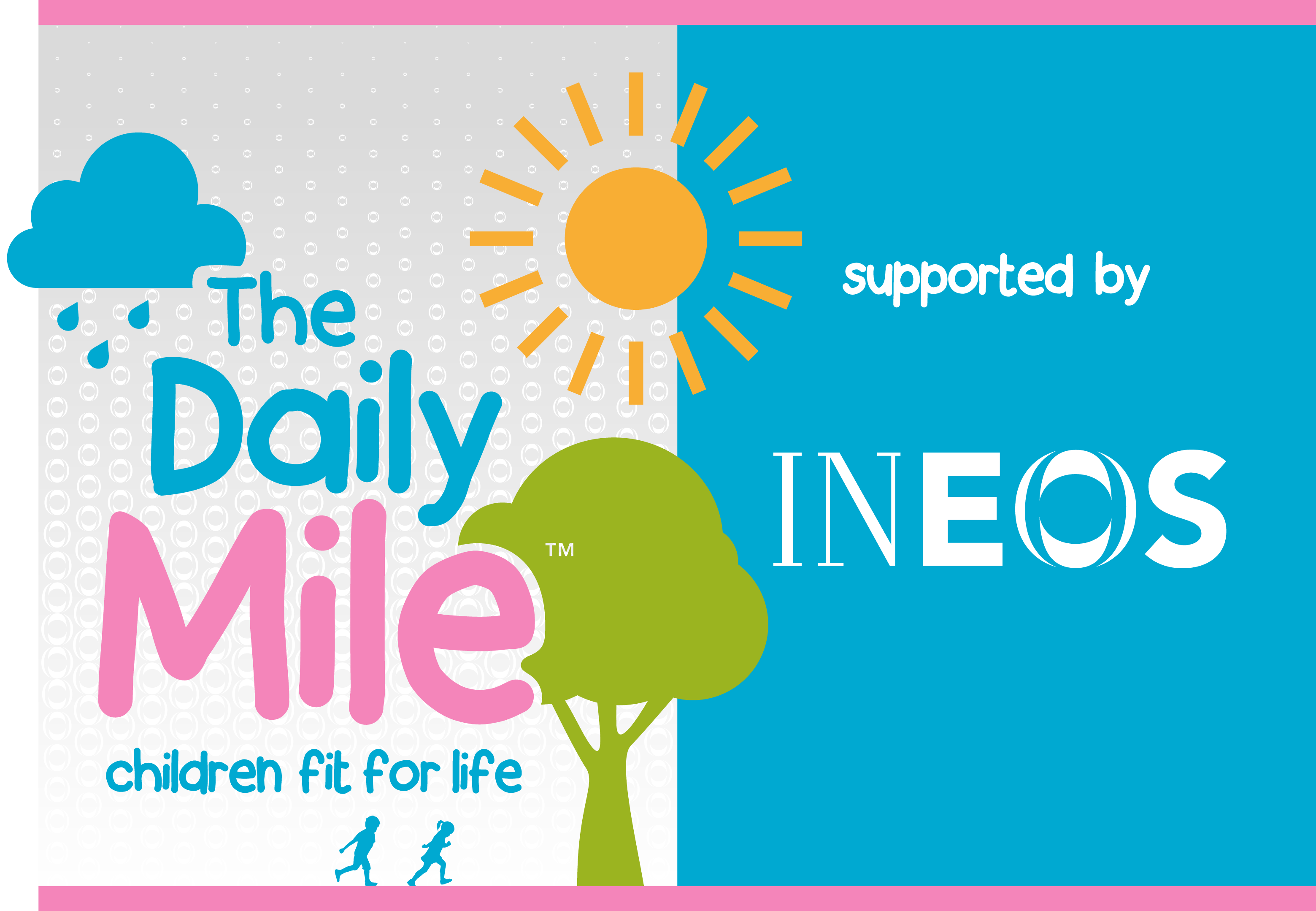When kids run for 15 minutes in school every day, here’s what happens to their health
Source: The Conversation
Date: 11-May-2018
The Daily Mile Foundation welcomes research published by the Universities of Stirling and Edinburgh, which proves the health benefits associated with doing The Daily Mile and daily physical activity. The Universities of Stirling and Edinburgh worked with The Conversation to produce the below article, in order to ensure the research could be widely read and interpreted.
The backdrop to The Daily Mile is a global childhood physical activity crisis. The World Health Organisation (WHO) recommends that children get at least 60 minutes of moderate to vigorous exercise each day – the kind that gets them out of breath. They should also do some resistance exercise each week to strengthen their muscles. Despite this, fewer than 40% of children achieve these recommended levels.
Governments have introduced various research-led interventions to combat these threats – increasing the intensity of physical education classes, for example – but with mixed success. There are basically two hurdles: any intervention needs to be something children will keep doing, and it has to improve their health.
The Daily Mile has the attraction of being both simple and designed not by researchers but by a teacher and some children. The fact that so many schools are participating suggests that children keep doing it. So how about the effect on their health?
We compared 391 children aged four to 12 years in two local schools, over the course of an academic year. One school was about to introduce The Daily Mile while the other was not.
At the start and end of the study, we measured each child in the following ways: fitness (by bleep test), physical activity levels and sedentary time (both by accelerometer belts), and body fat (by skin fold calipers). (We looked at skin folds and not weight because body mass index is not great at measuring “fatness” in this age group: the results get warped by the weight of bones developing as kids get taller.)
The children in the school that introduced the Daily Mile increased their moderate/vigorous physical activity by nine minutes per day (around 15%), and cut their sedentary time by 18 minutes per day (around 6%). They saw a 40-metre increase (circa 5%) in how far they could run, while their skin folds reduced by an average of 1.4mm or 4%.
Some query the impact of The Daily Mile on lesson time, but there’s little reason for this. We have previously shown in almost 12,000 children that a single bout of similar exercise made them more awake, increased their attention and verbal memory, and improved their feelings of well-being. We have also heard anecdotal claims about other benefits such as better sleep and diet.
In short, our results suggest The Daily Mile is definitely worthwhile. In future we need to expand our research to understand whether it can work in different educational settings, such as high schools, and whether it works equally well for pupils from different backgrounds.
For the moment, The Daily Mile can certainly be part of the solution to child health and well-being. Look out for it: it could be here to stay.
This article has been reproduced with the kind permission of the content creator, The Conversation. To read the article in full, please click the link below.




